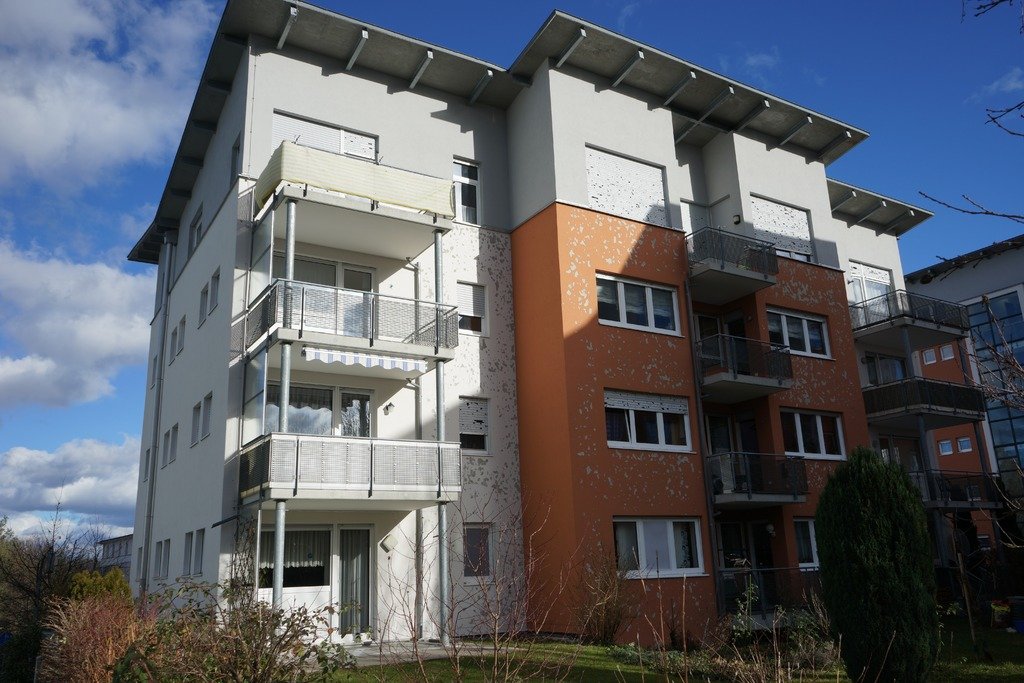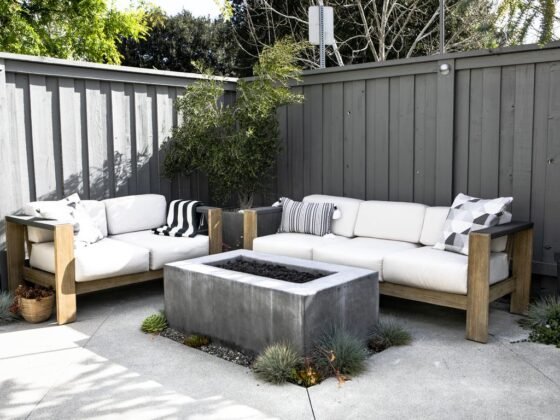Table of Contents Show
Condominiums are often situated by the ocean or similar settings, and the impressive homes have additional amenities that are shared with others in the community.
When choosing an insurance policy to protect the condo, the owner must review what coverage is available and determine if there are any extra inclusions or coverages that need to be added.

Coverage for the Bare Walls
The standard policy offers coverage for the “bare walls,” which means the insurance policy protects the interior walls, ceilings, and floors. If any of these components are damaged, the condo owner files a claim through the insurer to fund all required repairs.
The policies define what events are covered, such as fires, water leaks, and natural disasters. Condo owners can learn more about condo insurance from garrity-insurance.com right now.
Coverage for Personal Belongings
All personal belongings in the condo are covered through the condo insurance policy, and if the items are damaged, lost, or stolen, the policy covers the items. Typically, the coverage applies to all belongings with a base value for each one. Some policies offer true replacement values for the items, and the values are listed in the policies.
Read Also:
Liabilities and Accidents in the Home
Any accidents that happen inside the condo are the responsibility of the owner, and if someone is injured, the owner must cover the cost of medical treatment and other expenses related to the accident.
With a condo policy, the individual has adequate coverage for any liabilities resulting from incidents inside the condo. The liability coverage doesn’t apply to shared spaces or any location outside the space, and a separate policy manages any exterior accidents.
You Still Need a Master Policy
When purchasing a condo, the buyer is required to pay dues each year to maintain a master policy for the property. The policy offers protection for all shared spaces and provides funds to repair those areas. The insurance applies to the exterior of the condo and pays for repairs as needed.
If a visitor is injured while in the communal areas of the condo community, the condo owner’s association completes a claim to cover medical treatment and related costs.
You May Need a Rider
If the condo owner has items in the property that are valued above the policy limits, the owner needs to purchase a rider to protect those items. When setting up the rider, the owner needs to get an official appraisal for the items to show the exact value.
If the items are stolen, lost, or damaged by a covered event, the owner completes a claim to collect the full value of the items. The owner can add a rider to their policy for different items, including artwork, jewelry, and antiques.
Saving on Premiums
When reviewing the riders and coverage, the owner must consider risks to these items, and some insurers will discuss ways to mitigate risks. By following all practices recommended by the insurer, the owner may reduce their premiums.
Condo owners know that a master policy is required by the condo owner’s association, but the policy is not the only type of insurance the owner needs.
A condo policy offers protection for the interior of the property and the owner’s personal belongings, and the owner gets adequate protection for liabilities. By reviewing the policies with an agent, owners find the best protection for their home.









